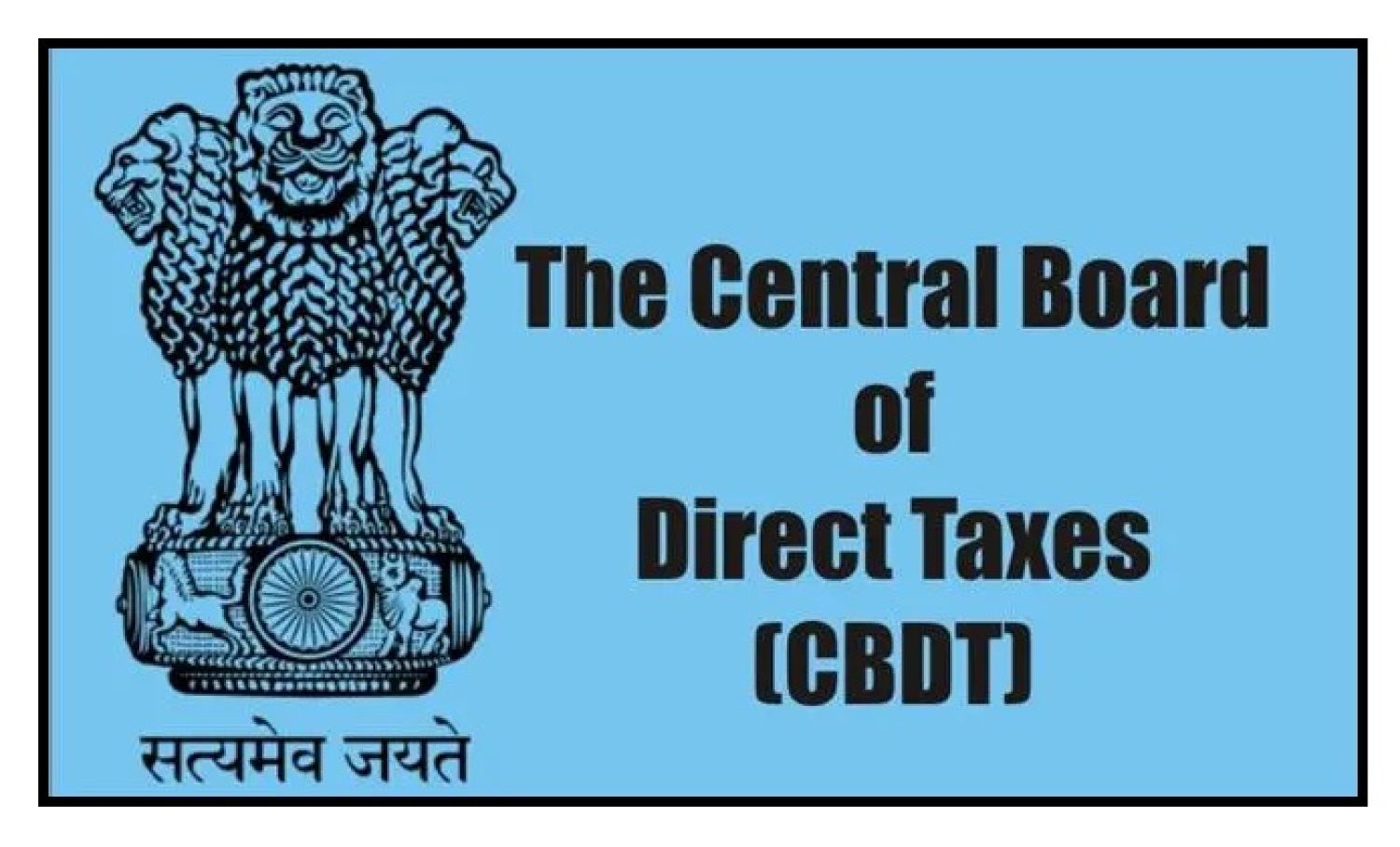Pius C. Kuriakose, J.@mdashThe claimants are the appellants. Their properties in Dharmadam Village were acquired pursuant to Section 4(1) Notification published on 9-2-2004. The properties were garden lands and the Land Acquisition Officer would fix land value at the rate of Rs. 13,997/- per cent on the basis of the basis document. Before the Reference Court the claimants relied on Exts. A1 to A3 documents. Even though these three documents were produced, it was on Ext. A2 that greater reliance was placed by the claimants. Ext. A2 was a document dated 7-12-1998 - a sale deed executed in favour of Dharmadam Co-operative Bank. A2 is related to 10 cents of land in the same Village and same Deshom. A2 reflected the land value of Rs. 35,550/- per cent. The learned Subordinate Judge discarded Ext. A2 from consideration for the reason that the Advocate Commissioner who had conducted a local inspection had not made a comparison of the property under acquisition and the property covered by Ext. A2. Ultimately what the learned Subordinate Judge did was to rely on the basis document itself and to give additions for passage of time and to re-fix market value at Rs. 23,500/- per cent. In this appeal it is urged that the market value re-determined by the Reference Court is quite inadequate. It is urged that the learned Subordinate Judge erred seriously in not placing reliance on the various documents produced by the appellants, particularly Ext. A2. We have heard the submissions of Sri. J. Harikumar, learned counsel for the appellant. Mr. Harikumar drew our attention to Ext. A2. He submitted that A2 property was in the very same Village. The distance between A2 property and the property under acquisition was only 500 metres. He submitted that the nearness of A2 property to Cherakuni town which is highlighted by the learned Subordinate Judge in the impugned judgment is not a very significant thing. In this context he relied on the oral evidence given by RW-1, the Village Officer which is to the effect that though called town, Cherakuni is a rural area with some 20 or 25 buildings only. The value reflected in A2 should have been taken to be the value of the land under acquisition as on the date of A2. Placing reliance on the judgment of the Supreme Court in General Manager, Oil and Natural Gas Corporation Ltd. v. R. Jivanbhai Patel & another, (2008 SAR (Civil) 894) Mr. Harikumar submitted that the area can be treated as a semi urban area and hence there is every justification for giving additions every year at the rate of 10%. When additions at the rate of 10% are given for the period of 5 years and 8 months which passed between the date of A2 and the date of promulgation of the Section 4(1) Notification, the value of the land under acquisition will have to be re-fixed roughly at 58% above, i.e., at Rs. 56,169/-. Counsel submitted that though there is every justification for re-fixing market value of the land under acquisition at the above rate it will suffice if this Court re-fixes value of the land under acquisition in this case at Rs. 40,000/- as the appellants have limited their claim for land value at Rs. 40,000/- per cent.
2. All the submissions of Sri. Harikumar were stiffly opposed by Mr. T.R.Rajesh, Government Pleader. According to Mr. Rajesh, the value presently fixed by the learned Subordinate Judge is quite reasonable and there is no warrant for giving any increase. Even though the name of the standing counsel for the requisitioning authority was shown in the cause list, he has not turned up before us to resist the submissions of Mr. Harikumar. We have given our anxious consideration to the rival submissions addressed before us. We are in agreement with Mr. Harikumar in his submission that A2 is not a document liable to be discarded completely from the reckoning. Ext. A2 was in the same Village and same Desom. The distance between the acquired property and A2 property was only 500 metres. We don''t think that because of the nearness to what the learned Subordinate Judge referred to as Cherakuni town, A2 property can claim much superiority over the property under acquisition. But we notice another aspect of the matter. A2 property was purchased by the Dharmadam Co- operative Bank for constructing their headquarters building. It is not difficult to gather that the bank was keen on acquiring a small plot within the area of its operation for accommodating its headquarteRs. We have every reason to believe that the Bank has paid a little higher than the market value for acquiring an ideal plot for accommodating its headquarters within the territorial limits of the bank. We find that the bank paid 20% more than the normal market value as a fancy price. We note that the property under acquisition was a fairly large extent. It is trite by various decisions of the Supreme Court such as

